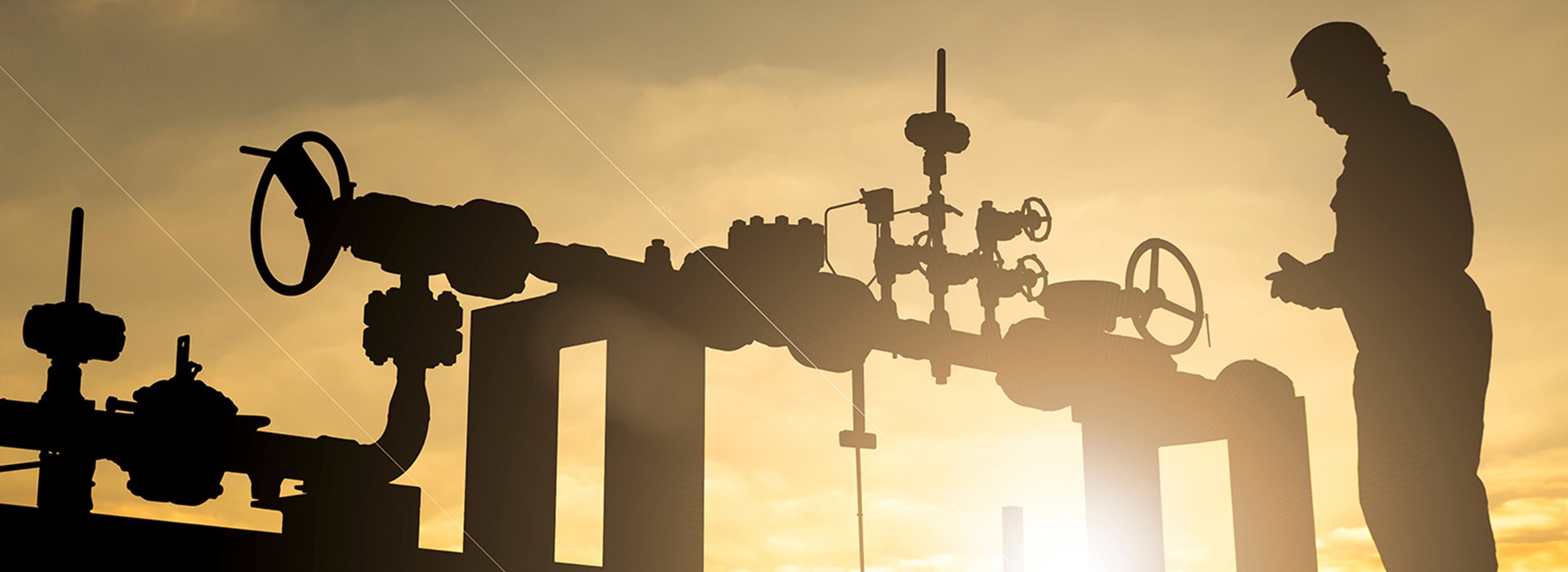Ok
The Background
Our client had recently taken over the operation of a major oilfield and identified safety concerns within the workforce. Limited knowledge of safe working procedures, minimal use of safety precautions, and a lack of formal education and training resulting in high numbers of preventable incidents and in extreme cases, workforce fatalities.
The Project
This was a huge and challenging project with over 41 facilities located on land being cleared of unexploded ordinance. Upon completion, our control of work solution was the largest single deployment globally, generating 200-300 permits per day, with over 6,500 users.
Our goal was to generate a new control of work solution which combined both the client and the oilfield’s existing systems, and to create something completely unique and wholly suitable for this very specific, and challenging, operating environment.
We were to produce an electronic solution which was fit for purpose, user friendly and intuitive, and we were to train the workforce to use it.
We were also tasked with creating and delivering training courses to bring the workforce to a safety standard that matched our client’s expectations and was in keeping with that which was common in more developed oil producing regions.
The Solution
We undertook a two-stage process to implement the new solution.
Stage 1 – Consultancy
We took all the current processes and procedures from both our client and the existing operator. We re-wrote them into one unique control of work solution which complied with local legislation and relevant industry regulations and guidelines. When these were in place, we designed and deployed an electronic system.
Stage 2 – Training
There were two elements to the training delivered. Firstly, we created simulation/scenario training on the use of the system itself.
Secondly, over a three-year period, approximately 650 individuals from Iraq travelled to the UK for a 2-week classroom-based training programme consisting of a suite of 26 safety training courses, which included:
- Confined Space Entry
- Risk Assessment
- Hazard Identification
- Energy Isolation
- Permit to Work
- Working at Height
- Process Isolations
- Electrical Rules
- Safe Driving
Our instructors delivered train the trainer courses to these individuals, and we created bespoke e-learning alternatives for subsequent refresher training and for new starts, to ensure safety standards would be sustained past the initial training period.
All courses were delivered in English, Arabic and Mandarin.
A decade on and we continue to provide support and maintenance, and regular configuration changes are made to both the control of work system and the training materials to keep them relevant to the evolving conditions in the field.
The Benefits
The benefits are clear:
- Accident rates went down.
- Production rates went up.
